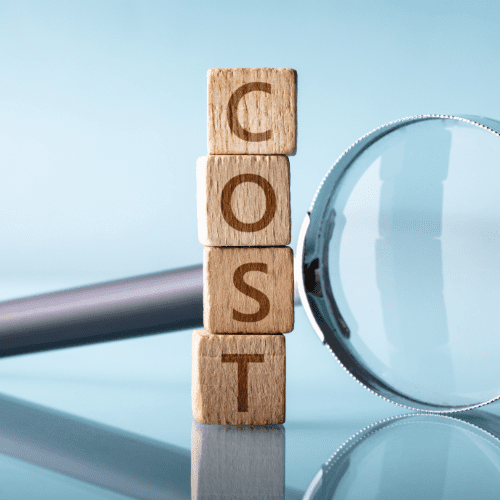Nanotechnology, the manipulation of matter on an atomic or molecular scale, has emerged as a transformative force in various fields, particularly in drug development. The advent of nanotechnology has enabled researchers to design and synthesize nanoparticles that can significantly enhance the efficacy and safety of therapeutic agents. As drug development processes evolve, nanotechnology stands out for its potential to optimize drug formulation, improve delivery mechanisms, and overcome biological barriers. This article will explore the advances in nanotechnology that are reshaping drug development and the substantial impacts of nanoparticles on drug delivery and efficacy.
Advances in Nanotechnology Transforming Drug Development Processes
Recent breakthroughs in nanotechnology have streamlined drug development processes by allowing for the creation of more targeted and effective treatments. One notable advancement is the development of nanocarriers, which are engineered to transport therapeutic agents directly to disease sites, thereby minimizing systemic exposure and reducing side effects. These nanocarriers can be designed to respond to specific stimuli, such as pH changes or specific enzymatic activity, ensuring that drugs are released only when they reach the targeted area. This specificity enhances the overall therapeutic outcome and reduces the likelihood of adverse effects.
Furthermore, the use of nanotechnology has enabled the formulation of poorly soluble drugs into more bioavailable forms. Traditional drug development often faces challenges with the solubility and stability of compounds, leading to difficulties in achieving effective therapeutic concentrations. By employing nanocrystals or lipid-based nanoparticles, researchers can enhance the solubility of hydrophobic drugs, improving their absorption and bioavailability. This innovation has proven particularly beneficial for the development of novel pharmaceuticals that might otherwise remain on the shelf due to solubility issues.
Another critical aspect of nanotechnology in drug development is its role in accelerating the research and development timeline. The integration of nanotechnology allows for high-throughput screening of drug candidates, enabling researchers to quickly identify the most promising formulations. Additionally, the ability to utilize nanomaterials that can mimic biological processes facilitates the design of more effective in vitro and in vivo models for testing drug efficacy. As a result, the time and cost associated with bringing new drugs to market can be significantly reduced, ultimately benefiting patients in need of innovative therapies.
Impacts of Nanoparticles on Drug Delivery and Efficacy
Nanoparticles have revolutionized drug delivery systems by enhancing the pharmacokinetics and pharmacodynamics of therapeutic agents. By encapsulating drugs within biodegradable nanoparticles, researchers can control the release profiles of these agents, prolonging their circulation time in the bloodstream and improving their tissue distribution. This controlled release minimizes the peaks and troughs often associated with traditional dosing regimens, leading to more consistent therapeutic effects. Furthermore, the ability to tailor the size and surface properties of nanoparticles allows for the selective targeting of specific tissues or cells, reducing off-target effects and improving overall drug efficacy.
The unique properties of nanoparticles also enable the co-delivery of multiple therapeutic agents, which can be particularly beneficial in the treatment of complex diseases such as cancer. By simultaneously delivering chemotherapeutic drugs along with agents that mitigate drug resistance or enhance immune response, nanoparticles can significantly improve treatment outcomes. This combination therapy approach is particularly promising in oncology, where traditional treatments often fail due to the heterogeneity of tumors and the development of resistance. The multifunctional nature of nanoparticles opens up new avenues for synergistic therapies that can enhance the overall effectiveness of treatment regimens.
Moreover, nanoparticles can improve the bioavailability of therapeutic agents by overcoming biological barriers that typically hinder drug absorption. For instance, nanoparticles can facilitate the transport of drugs across cellular membranes and into target cells, a critical factor in achieving therapeutic efficacy. Additionally, certain nanoparticle formulations can protect sensitive drugs from degradation in the gastrointestinal tract, allowing for oral administration of otherwise parenteral-only drugs. This advancement not only enhances patient compliance but also broadens the range of available therapeutic options, making it a valuable asset in drug development.
In conclusion, nanotechnology represents a significant leap forward in the field of drug development, offering innovative solutions to longstanding challenges associated with drug formulation and delivery. The advances in nanotechnology have streamlined the drug development process, allowing for more efficient creation of targeted therapies with improved bioavailability. Additionally, the unique properties of nanoparticles have transformed drug delivery systems, enhancing therapeutic efficacy and enabling novel treatment strategies. As research in nanotechnology continues to evolve, its implications for the future of drug development are vast, promising an era of more effective and personalized medical treatments.



